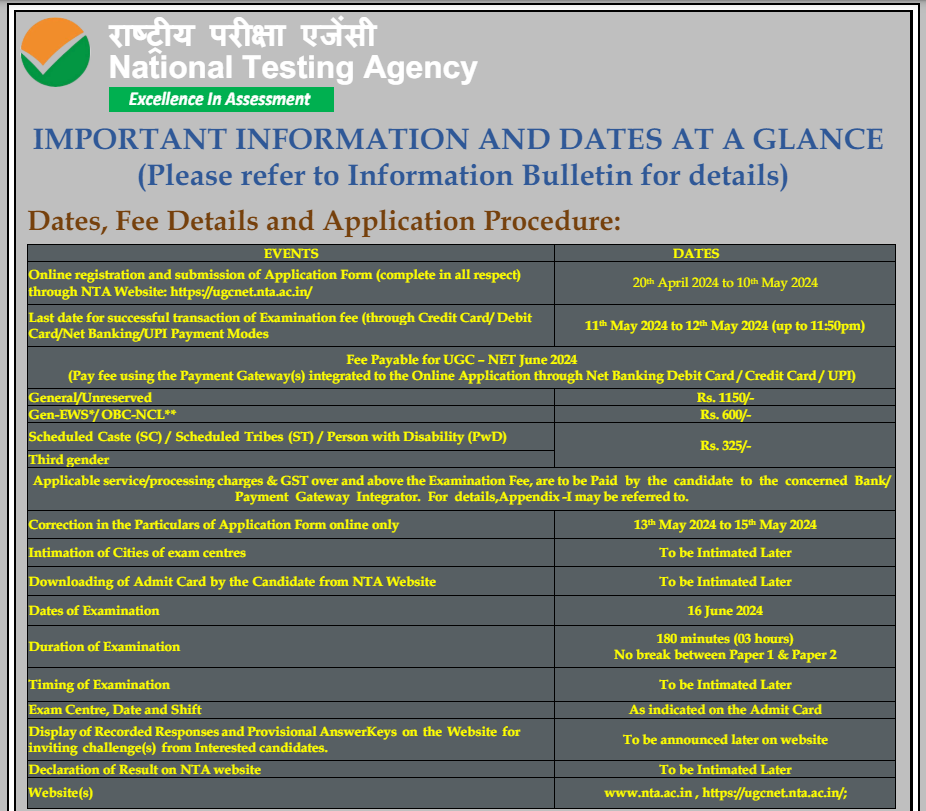Circuit Breakers Part 2

Category –EE Online Test
Telegram-Join Us On Telegram
Attempt Free Circuit Breakers Part 2 Here. Read The Important Electrical MCQ From Below.
Instructions: Click the answer button to see the correct answer.
Ques. The arc voltage produced in ac circuit breaker is
- In phase opposition to the arc current.
- lagging the arc current by 90°
- leading the arc current by 90°
- In phase with the arc current
Answerd
Ques. As the force on contact is increased, the contact resistance will
- increase exponentially
- remain unaltered
- increase linearly
- decrease.
Answer d
Circuit Breakers Part 2
Ques. The heat produced at the contact point, due to passage of current, will least depend on
- temperature of the surrounding medium.
- current flowing
- contact resistance
- time during which the current flows
Answer a
Ques. For the contact and their material, which of the following should have low value
- Thermal conductivity
- Thermal capacity
- Contact resistance
- All of the above.
Answer c
Ques. Minimum arcing voltage will be least in case of
- tungsten
- carbon
- silver.
- graphite
Answer c
Circuit Breakers Part 2
Ques. Minimum arcing voltage for platinum is 16 V. It can be therefore concluded that when the voltage is below 16 V
- it will not be possible to interrupt the circuit
- it will be possible to interrupt any value of current without bringing contact closer to one another.
- it will be possible to interrupt any value of current without arcing
- it will not be possible to pass the current
Answer c
Ques. Oil immersion of contacts is the method of
- arc prevention
- none of the above.
- de ionization
- arc dispersion
Answer d
Ques. Which of the following is not the method of arc dispersion ?
- Oil immersion of contacts
- De ionization of arc path.
- Use of rectifiers
- Magnetic blow out of arc
Answer c
Ques. Which of the following contact point metals has the highest melting point ?
- Gold
- Silver
- Copper.
- Tungsten
Answer d
Ques. The arc voltage produced in the circuit breaker is always
- in phase with arc current
- all of these
- leading the arc current by 90°
- lagging the arc current by 90°
Answer a
Circuit Breakers Part 2
Ques. Ionization process during arc is generally accompanied by emission of
- light
- all of these
- heat
- sound
Answer b
Ques. Sparking between contacts can be reduced by
- inserting resistance in the line
- all of these
- inserting a capacitor in series with the contacts
- inserting a capacitor in parallel with the contacts.
Answer d
Ques. For magnetic blow out of arc the magnetic field is produced
- all of these
- parallel to the axis of the arc
- in the load circuit
- at right angles to the axis of the arc.
Answer d
Ques. Cool gases are solids brought into the arc stream assist in quenching the arc mainly by
- providing arc shield
- De ionization
- reducing current density
- providing parallel paths.
Answer b
Ques. Sparking occurs when a load is switched off because the circuit has
- high capacitance
- all of these
- high inductance
- high resistance.
Answer c
Circuit Breakers Part 2
Ques. HRC fuses are
- High resistance and Capacitance fuses
- Heat reflecting cool fuses
- High rupturing capacity fuses.
- Holding and Resisting current fuses
Answer c
Ques. Which of the following metals does not amalgamate with mercury ?
- Tungsten
- Molybdenum
- All of these
- Nickel alloy
Answer c
Ques. For the same current, which of the following fuse wires will have the least fusing time ?
- 20 SWG TIN – 10 A
- 18 SWG TIN – 12.5 A
- 24 SWG TIN-5 A.
- 22 SWG TIN-7.5 A
Answer c
Ques. An automatic device that operates at present values is known as
- mercury switch
- relay
- contractor.
- fuse
Answer b
Circuit Breakers Part 2
Ques. The basic function of a circuit breaker is to
- ionize the surrounding air
- produce the arc
- extinguish the arc.
- transmit voltage by arcing
Answer c
Ques. In a circuit breaker the arc is indicated by the process of I. Thermal emission II. Ionization of oil III. High temperature of air IV. Field emission
- I and II only
- I and IV only.
- I, II and III only
- II, III and IV only
Answer b
Ques. The power factor of the arc in circuit breaker is
- always leading.
- always unity
- always zero
- always lagging
Answer b
Ques. Air blast circuit breakers are usually used for
- permanent break
- repeated duty.
- intermittent duty
- instantaneous duty
Answer b
Circuit Breakers Part 2
Ques. Flame proof switch gears are usually preferred
- substations
- in mines
- on transmission lines of low voltage
- in high MVA capacity circuits.
Answer b
Ques. Pressure of air in air blast circuit breakers is usually
- 1 – 5 kg/cm sqr
- 35-100 kg/cm sqr
- 10-30 kg/cm sqr
- 5 – 10 kg/cm sqr
Answer c
Ques. Air used in air blast circuit breaker
- must have oil mist
- must be free from moisture.
- must have least carbon dioxide
- must be ionized
Answer b
Ques. In a circuit breaker the time duration from the instant of fault to the instant of energizing of the trip coil is known as
- lag time
- operation time.
- lead time
- protection time
Answer d
Circuit Breakers Part 2
Ques. In a circuit breaker the lime duration from the instant of the fault to the extinction of arc is known as
- lead time.
- total clearing time
- operation time
- lag time
Answer b
Ques. In a circuit breaker the lime duration from the instant of fault to the instant of closing of contact is known as
- Recycle time
- Re closing time.
- Total time
- Gross time
Answer b
Ques. For high speed circuit breakers the total lime is nearly
- Ten cycles.
- Few cycles
- One cycle
- Half cycle
Answer d
Ques. For a high speed circuit breaker the total clearing time is nearly
- 10 to 15 cycles
- less than 50 cycles.
- 1 to 2 cycles
- 5 to 10 cycles
Answer c
Ques. If the power factor is zero, the active recovery voltage will be
- minimum
- 0.707
- maximum.
- 0.5
Answer c
Circuit Breakers Part 2
Ques. Which of the following is not a part of the circuit breaker ?
- Explosion pot
- Conservator
- Fixed and moving contacts
- Operating mechanism.
Answer b
Ques. A circuit breaker will normally operate
- Whenever fault in the line occurs.
- When the power is to be supplied
- When the line is to be checked
- When the switch is put on
Answer a
Ques. Which of the following circuit breaker will produce the least arc energy ?
- All will produce same energy.
- Air blast circuit breaker
- Minimum oil circuit breaker
- Plain oil circuit breaker
Answer b
Circuit Breakers Part 2
Ques. For a circuit breaker ‘break time’ is
- all of these
- opening time + arc duration
- opening time + arc duration + resistor current duration.
- same as opening time
Answer c
Ques. The breaking capacity of a circuit breaker in MVA (3 phase) is given by
- rated service voltage x rated symmetrical current
- √2x rated service voltage x rated symmetrical current.
- 1.1 x rated service voltage x rated symmetrical current
- √3x rated service voltage x rated symmetrical current.
Answer d
Ques. Which relay is used for feeders ?
- Buchholz relay.
- Merz price protection
- MHO relay
- Translay relay
Answer d
Ques. Which of the following relays is used on transformers ?
- Merz price relay
- Buchholz relay
- MHO relay
- None of these
Answer b
Ques. MHO relay is used for
- circuit breakers
- transmission lines
- feeders.
- rectifiers
Answer b
Ques. Merz-price protection is used on
- capacitor bank
- substations
- generators.
- induction motor
Answer c
Circuit Breakers Part 2
Ques. The values of fault current depend on
- voltage at the faulty point and total impedance up to the fault
- none of these
- total impedance up to the fault
- voltage at the faulty point
Answer a
Ques. The advantage of neutral earthing is
- all of these
- freedom from persistent arcing grounds
- simplified design of earth fault protection
- over-voltages due to lightning can be discharged to the earth
Answer a
Ques. The over-voltage surges in power systems may be caused by
- resonance
- lightning
- any of these
- switching
Answer c
Ques. The protection against over-voltage due to lightening is provided by
- low tower footing resistance
- use of overhead ground wires
- any of these
- use of surge diverters
Answer c
Circuit Breakers Part 2














